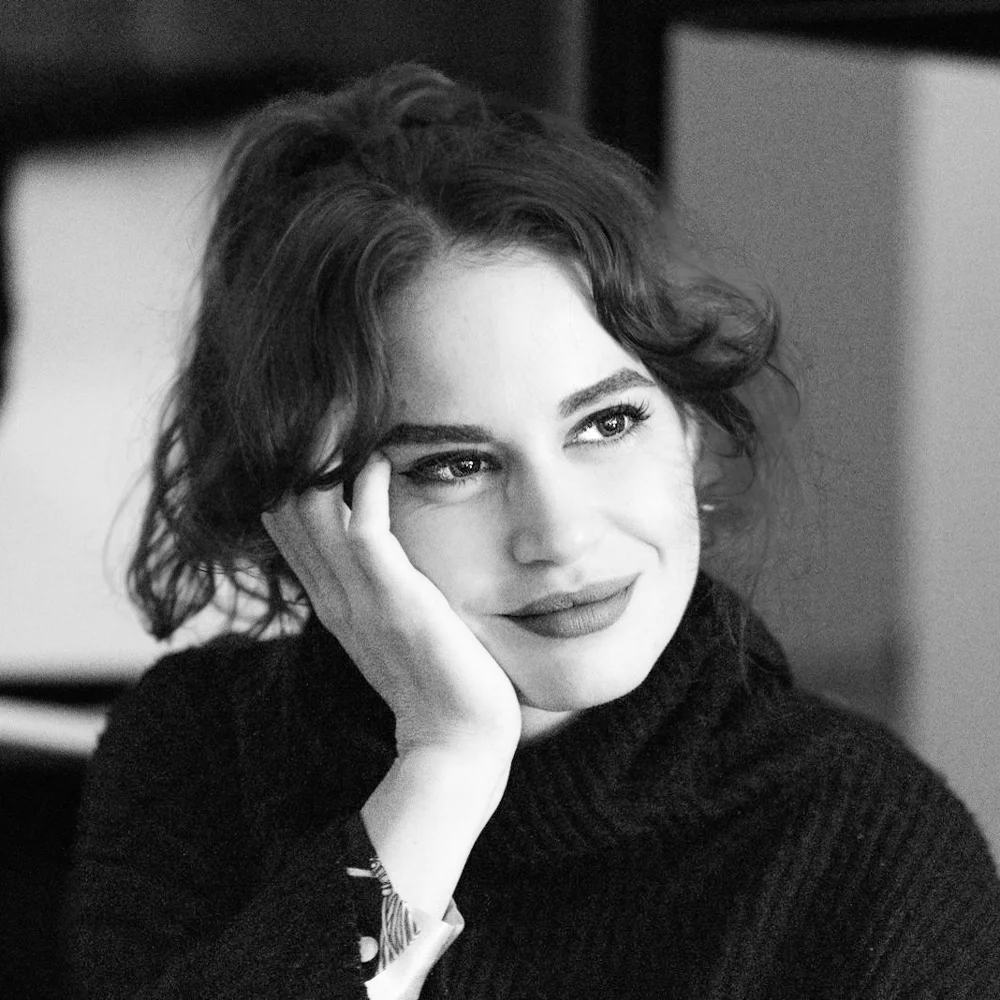Costanza Rossi is an Italian-born documentary and travel photographer whose work explores remote and indigenous communities around the world. Dividing her time between Italy, the UK, and extended travels, she has developed a practice rooted in cultural storytelling and human connection. Her photographs are the result of immersive fieldwork in some of the most isolated places on earth, from the nomadic herders of northern Mongolia to the tribes of the Omo Valley in Ethiopia, the Amazon rainforest, or the Darién Gap.
Costanza’s work has appeared in both solo and collective exhibitions, with venues such as the History Museum of Salento and the Paris Imagination Gallery. She is the co-author of
I mondi nascosti dei popoli Surma (Pensa Editore, 2025) and the editor and curator of the forthcoming Anthropology & Photography Quarterly published by the History Museum of Salento.
Her practice combines her professional background in communication and branding with a passion for documenting humanity in its many forms, always seeking to highlight resilience, dignity, and alternative ways of living.
Artist Statement
My photography is driven by a curiosity for different worlds and the many ways humanity can be expressed. I seek out communities that exist at the edges of globalization, where traditions, rituals, and identities have been preserved against the current of modernity.
I am an avid traveler, fueled by the excitement and wonder that arise when I encounter cultures so different from my own. This sense of discovery and the adrenaline of confronting unfamiliar realities inspire me to keep searching, documenting both diverse traditions and pressing social issues.
I approach people’s lives with empathy, building stories that honor their uniqueness. I am drawn to subjects that challenge conventional narratives, and what unites my projects is a search for visual storytelling that sparks both recognition and wonder: images that remind us of our shared humanity, while revealing the beauty of cultural difference.
Awarded Photographer of the Week - Week 36, 2025
